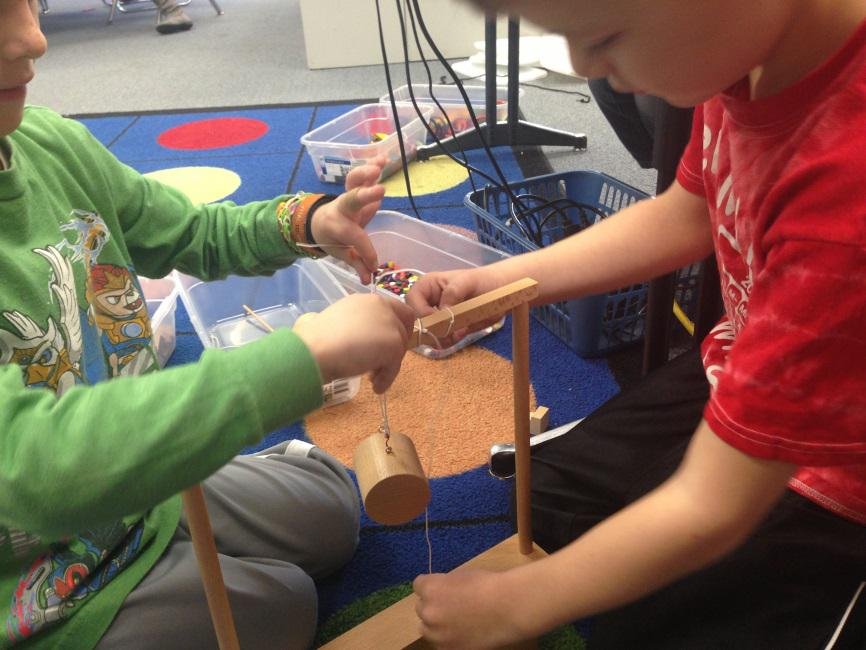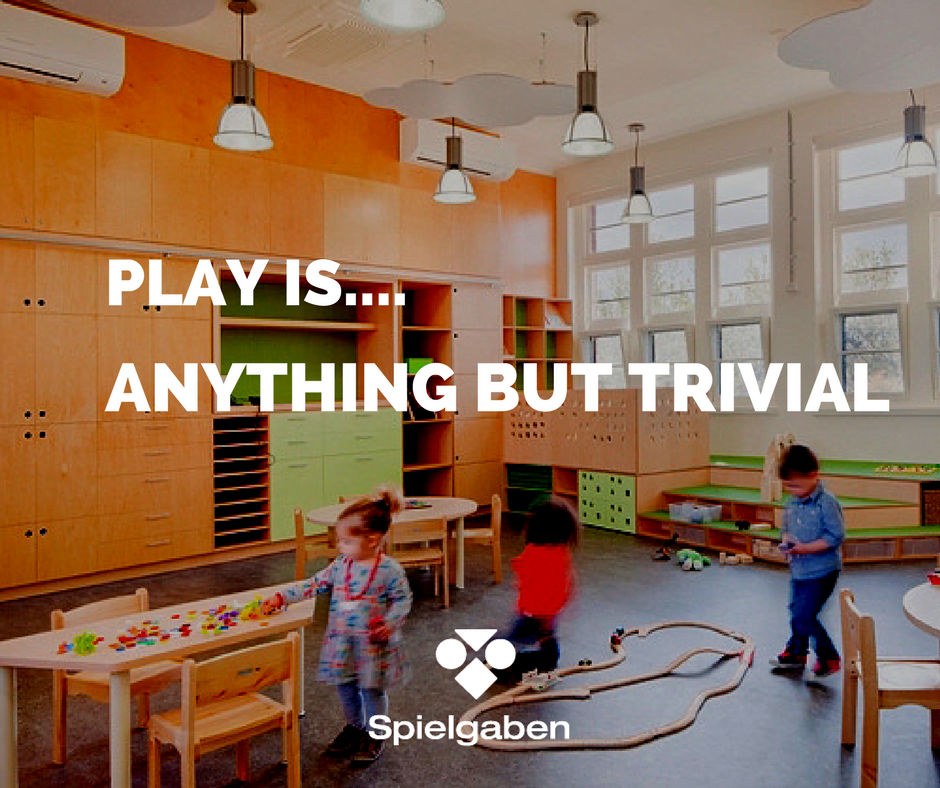The Power of Cooperative Learning
The Power of Cooperative Learning. Cooperative learning is a term that has been used in education circles for years, but it is one of those terms that never goes out of style. There are many forms that cooperative learning can take, but the simplest definition of cooperative learning is a group of children working together.
Cooperative learning can be a powerful tool in the classroom and masterful teachers can use it to accomplish many different academic and social goals. It can be used in almost any subject area and with all students. It has been proved as an effective strategy to use with diverse populations including special needs students, those identified as gifted, and English Language Learners. The benefits, both academic and social, are innumerable and teachers would be wise to look for opportunities to use this tried and true approach.
Ways to Group Children
When teachers are providing cooperative learning experiences there are several ways that they can group children, depending upon their goals.
Mixed-ability grouping: Teachers can create groups by assigning children of mixed abilities, skills, or interests in the subject area being taught. By creating mixed ability groups, students can support and learn from each other in a true team approach. The children can each bring their unique talents to the problem at hand, while they learn from and support each other.
Same-ability grouping: Teachers can group children with similar abilities for projects of problem solving activities. Groups can be assigned similar, but slightly different tasks, designed to raise their level of understanding.
Personality: Another way to group children is by personality. If there are several children who are very shy and quiet, a teacher may decide to group them together so that they are forced to speak up and participate more than they would if they were paired with a more vocal partner. The opposite could also be true where a teacher would pair a more outgoing child with a quieter one so that there was a child in each group who felt more comfortable in a leadership role.
Random grouping is sometimes the simplest way to group children for a cooperative experience.
This “let the chips fall” approach is often full of nice surprises for both teacher and students. Children who typically do not work together may end up making great partners. Children who do not always get along may become friends. Children who are not usually very vocal may be much more comfortable in a small group as opposed to a large one and may take a very active role in the learning.
Children using the Spielgaben during a Cooperative Learning exercise on three dimensional shapes.
Benefits to Cooperative Learning
There are many benefits to cooperative learning. Some of the benefits are academic while others are social. Reasons to include cooperative learning exercises include:
- Personal development: These opportunities help children learn to work with differing personality styles, learning styles, and approaches. This is a skill that they will need throughout their lives so why not start now?
- Conflict resolution: When working with a small group, conflicts are sure to arise. By allowing children to work out their issues in a controlled setting, they can gain the independence and maturity necessary to solve conflicts when they are on their own.
- Better understanding of concepts: By working together in a small group, children have a greater opportunity to develop true understanding of a concept because of the discourse between group members. This presents a much greater chance for learning material than a whole class discussion where only a few children are heard, and others may not be attending.
- More involvement: In a whole group setting, it is easy for students to “drift off” or become unengaged. When working in a small group, their engagement is much higher and therefore so is their chance of mastery.
- Students who are struggling with a concept can often learn from a peer better than they can from their teachers. Students who already own a concept benefit from even deeper understanding by teaching it to others.
Places to Try Cooperative Learning in Your Curriculum
As I previously mentioned, cooperative learning experiences can be incorporated almost anywhere in the curriculum. Below are some ideas:
- Math: Provide a group of children with a math story where they have to work together to decide how to solve the problem, and then represent it visually with a drawing or manipulatives.
- Writing: Have children work together to create an information piece based on a story they have read.
- Reading: After children read a text, they can work together to retell the story to the rest of the class. They could choose to do a play, a written retelling or an oral one.
- Social Studies: Have students work together to create a map, brochure, or some type of visual presentation describing a concept they have been learning about.
- Science: Groups of children can share materials to work together on an experiment or lesson, and report back to the rest of the class about their discoveries.
Other Ideas for Cooperative Learning Activities:
- Use building materials (like the Spielgaben or other hands-on materials) to build the tallest structure possible.
- Put a large collection of items out (pennies, buttons, etc.) and have children work together to find the most efficient way to count them.
- Have groups of children work together to decide how to solve a problem that has arisen in the classroom.
- Have children design a coat of arms for their group which highlights different and important things about each student.
- Groups research a certain bird, animal, structure, country, etc. They work together to create a presentation and share it with the rest of the class.
The ideas for cooperative learning are endless, as are the benefits. The number of studies indicating the benefits of cooperative learning and its effects on retention are impressive and teachers would be wise to incorporate this style into their classroom whenever possible. Whether it is designed as an opportunity for increased learning, interpersonal development, team bonding experiences, or just plain fun, all students will benefit from these activities. Teachers will notice an increase in students’ respect for each other, an increased appreciation for diversity and a happier classroom climate when they look for ways to bring students together.













LEAVE A COMMENT